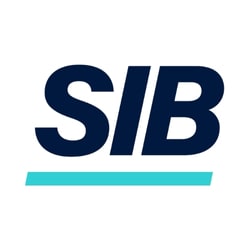When a matter came up at an international pharmaceutical company a few years ago, the in-house legal team did something different. Instead of tapping one of the team’s go-to law firms, it asked a handful of firms on one of its panels to respond to a request for proposals. It then picked the top three responses and used a software platform to give each firm a chance to adjust its proposal based on what the others were proposing. The law firm that got the work did so after reducing its proposal by $1 million.
The general counsel sent a summary of the result to the CEO, who forwarded it to the company’s executive team.
“How often is the legal department held up as an example of financial responsibility and prudence when dealing with external vendors?” Laura Spalding, senior director at legal spend management company Persuit, said in a white paper on establishing an outside counsel management program.
Savings start at inception
Legal teams often look to improvements in e-billing to generate savings in outside counsel legal spend, but the way to get the most savings is at the front end of a matter, said Spalding, who prepared the white paper with others at the company.
“My team and I have worked with hundreds of in-house legal teams at some of the biggest companies in the world,” she said. “We’ve consistently seen the best [cost savings] by focusing first on the initial phase of the process: matter inception and sourcing.”
Ideally, general counsel would redesign their matter management process from the ground up to make competitive bidding a feature in at least every matter that’s expected to be relatively costly — more than $100,000, for example, or more than $250,000 — but few have that opportunity.
But there’s no reason general counsel can’t introduce competitive bidding on a trial basis involving a handful of matters with firms the team already works with. “Let your firms know that this is an important test of a new process,” she said.
The crucial element is setting up a live event in which the firms with the best RFPs can, after seeing what others are proposing, revise their proposals if they want the work badly enough.
“In practice, it’s competition and transparency that creates the environment for firms to create their best proposals,” Spalding said.
The live event can be done any number of ways but the white paper envisions it happening on an online platform on which the competing firms see one another’s proposal amounts and have a period of time, typically an hour, to change their proposals.
“Include the firms you’d normally work with on matters of this type, but also send the RFP to firms you know would like to expand the work they do with your company,” Spalding said. “Often these will be firms already on one of your panels.”
Concrete validation
One of the advantages of hosting the live event on a software platform is the data it generates. By recording the before and after proposal amounts, the legal team has concrete numbers it can take to others to show the savings it generated using the competitive bidding process.
“One international finance company we worked with was able to demonstrate close to $1 million of savings just in its initial test,” she said.
The bidding process is one part of what would ideally be a complete reimagining of how a team manages its outside counsel relationships, but in the absence of a comprehensive overhaul, it’s the one part of the process that has the potential to show savings in a relatively short period of time.
“In our experience, using the first 10 to 15 matters to create early, demonstrable results is the most powerful way to show the potential ROI of redesigning your outside counsel management program,” Spalding said. “These numbers are how you can gain buy-in to run full implementation of the program — to see if you can take an early success and scale it across the team.”















